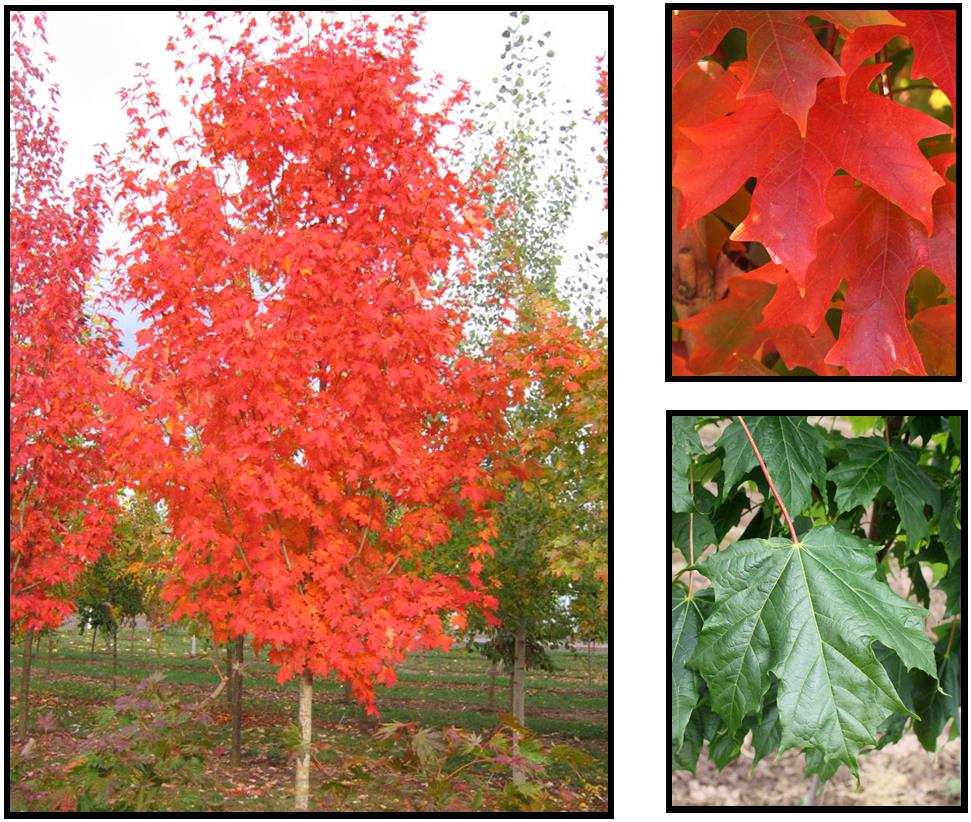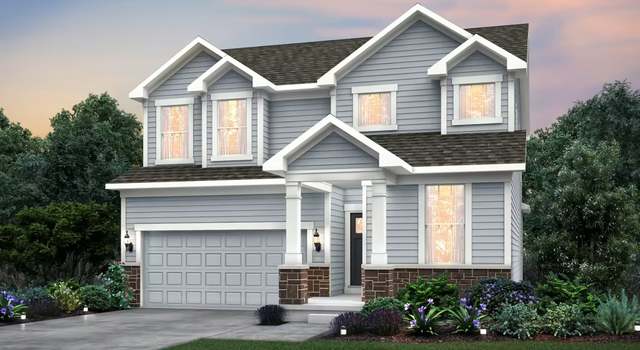
On large branches and trunk the bark is light to dark gray, narrowly ridged with long, deep furrows, sometimes becoming scaly. Similar to other maples, the fruit is a pair of winged seeds about 1 inch long. The twigs are opposite on the stem, smooth and gray to brown in color. The lobes are deeply cut with rounded divisions between the lobes, dark green above and pale green with a silvery cast below. The leaves are three to five lobed, but usually five lobed. Maple Wood Background You may recall the maple leaf features on the Canadian national flag. Whichever wood species you use, you get durable wood that looks good. It is found throughout southeastern Canada, the eastern United States and as far west as central Iowa, but is much more common in the eastern part of the state, mostly on the moist soils of bottomlands and lower slopes with north, east or northeast exposures. The most common species of maple in the United States is the sugar maple, but many other maple species also make good lumber. Seed Stratification: Prechill for 2 months at 34☏ to 40☏ Big, handsome, leafy trees, sugar maples grow throughout New England, the Appalachians, and the Northern Midwestern and Great Lakes States. canopy spread and a trunk circumference of 269 inches. Seed Bearing Frequency: Every 3 to 7 years The 1992 National Register of Big Trees identifies the largest sugar maple: it is found in Norwich, Connecticut and is 93 ft. Site requirements vary with the species of maple. Site Requirements: Maple trees perform best in moist, well-drained soils.

Height: Mature height varies with species. Tree canopies may be very dense or wide spreading. Mature Shape: Maples typically have a large, rounded crown. Slower growing maples have heavier, harder wood, making them less susceptible to branch and limb drop. Inside is made of one solid ring of Birdeye Sugar Maple Wood.

Maples that are fast growing tend to have weak wood and may suffer from wind and ice damage. Titanium ring (hypoallergenic) with round profile. When selecting a maple tree, be sure to select a species suited for Iowa's weather. Ive been meaning to experiment with sugar maple for awhile now, but had no easy access to any. Most fall into zones 4 through 8, but some are less tolerant of cold or heat than other. 1 Hello everyone, Ive recently moved to southern NH and around the house is rolling acres of sugar maples and some other hardwoods.

Sugar Maple Tree - Photo by Paul Wray, Iowa State University Habitat: Grows on moist woods and wooded slopes in eastern Iowa. It is the best of the maples for production of maple syrup and sugar. In the fall the yellow, red and crimson colors of the leaves form a very showy and beautiful part of the landscape. The tree produces a dense, round, compact crown when grown in the open and is used quite extensively as a shade or ornamental tree. The sugar maple ( Acer saccharum) (hard maple, rock maple) is one of our largest and finest forest trees, growing to a height of 80 feet with a diameter of two or more feet.


 0 kommentar(er)
0 kommentar(er)
